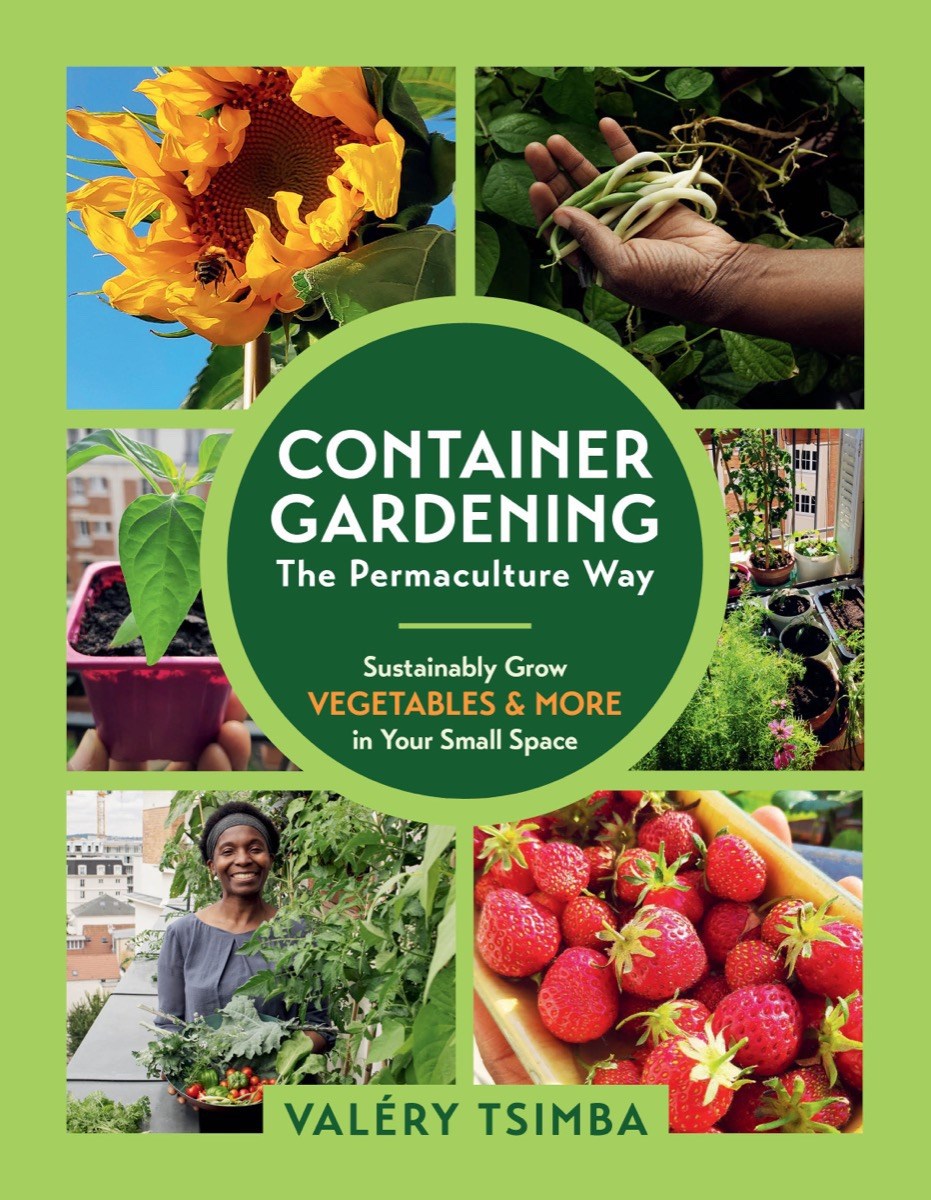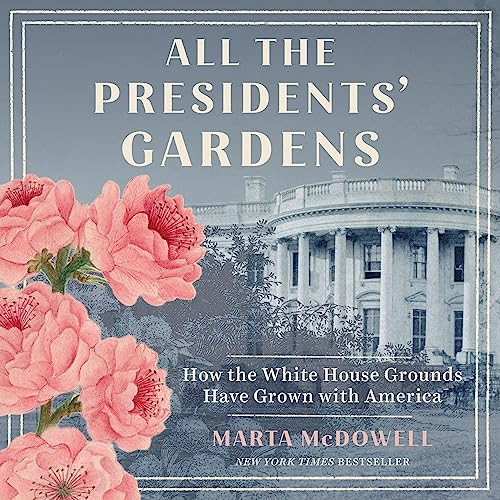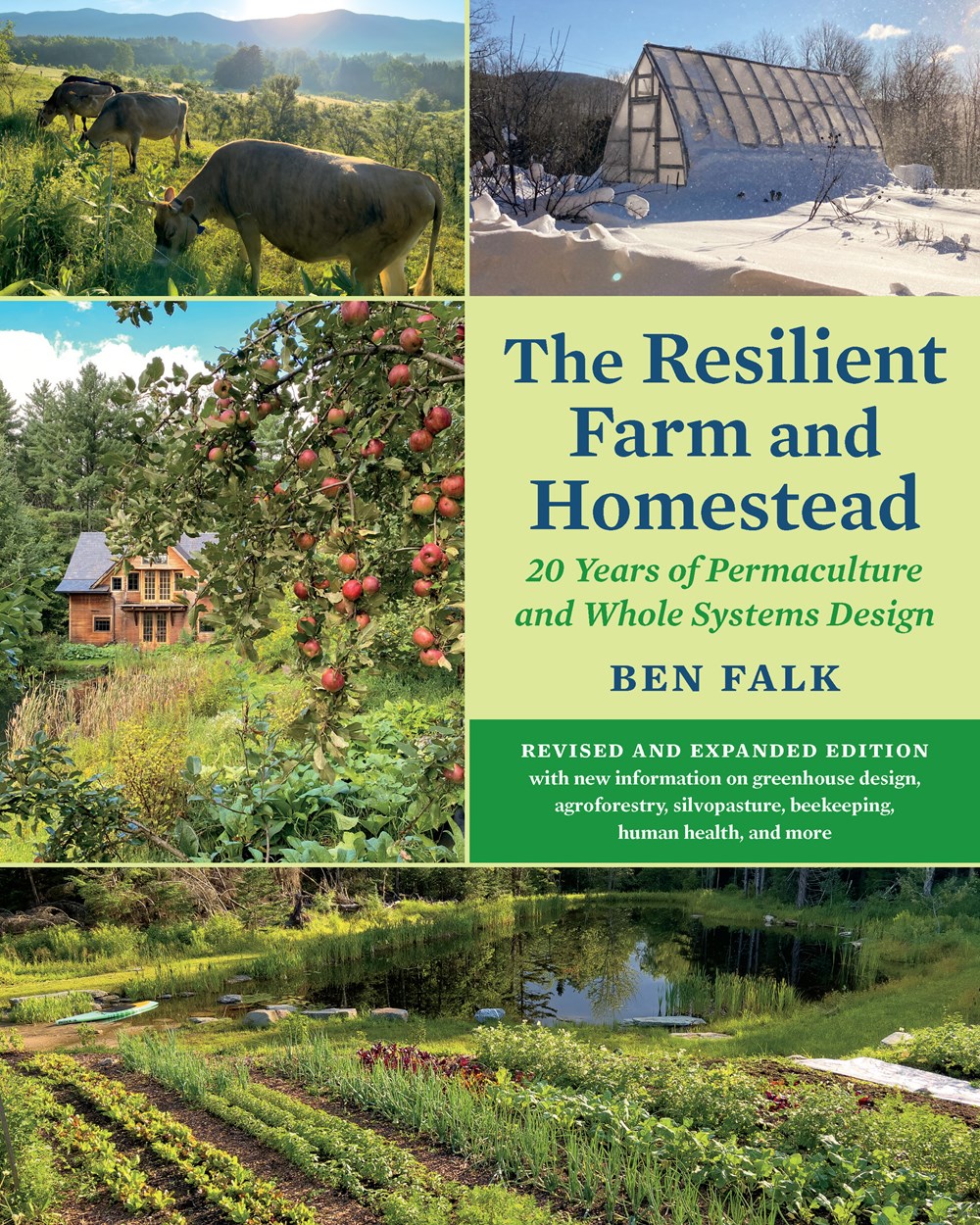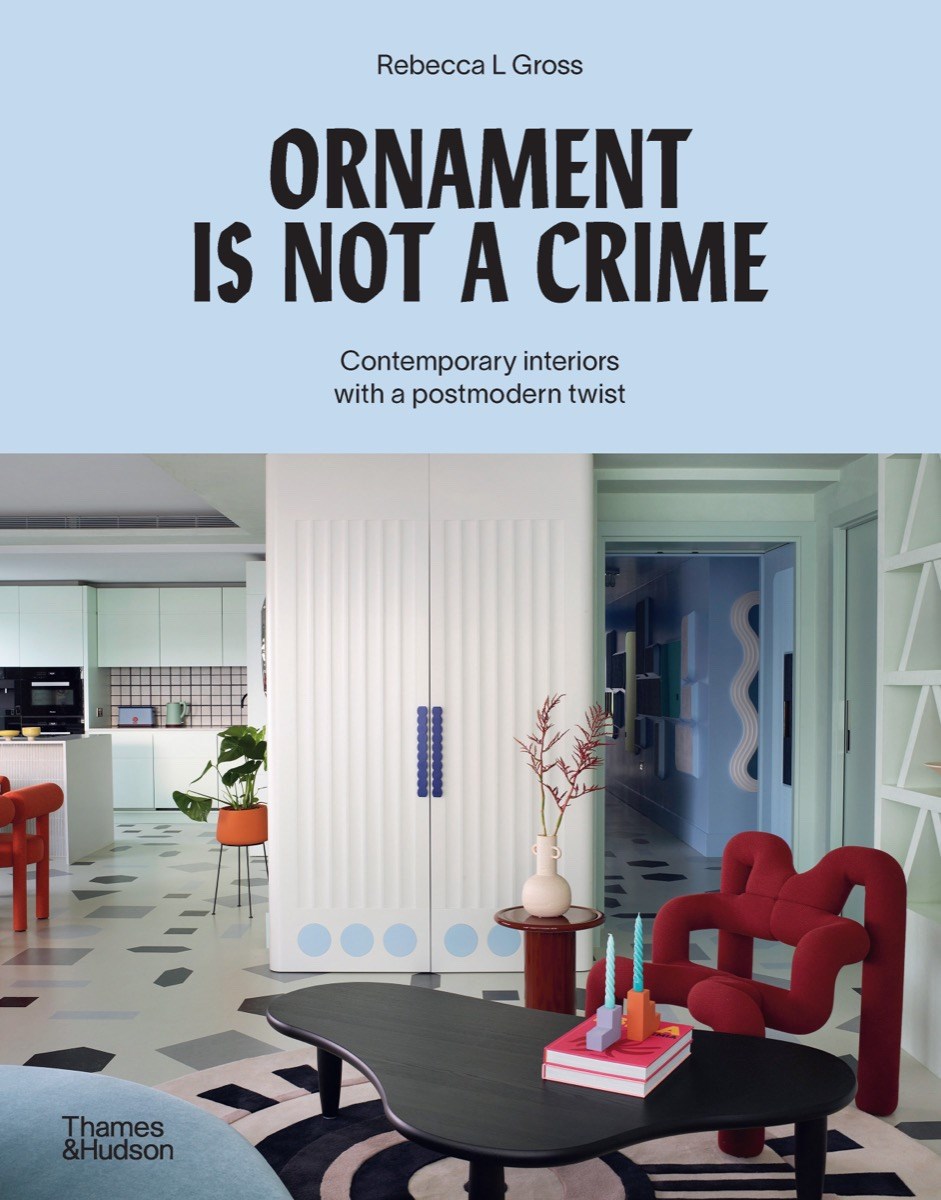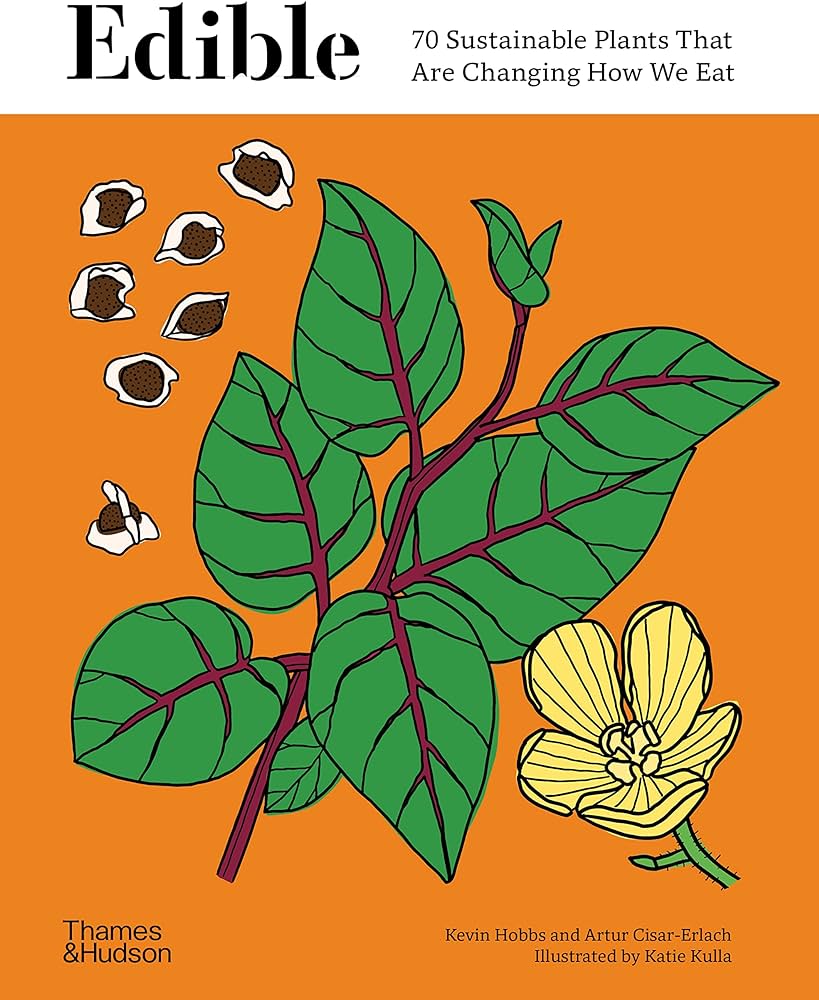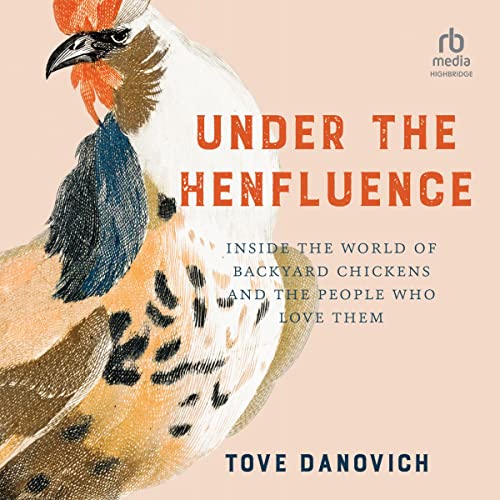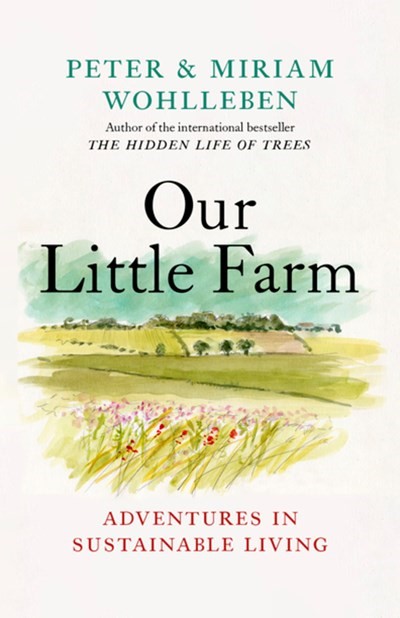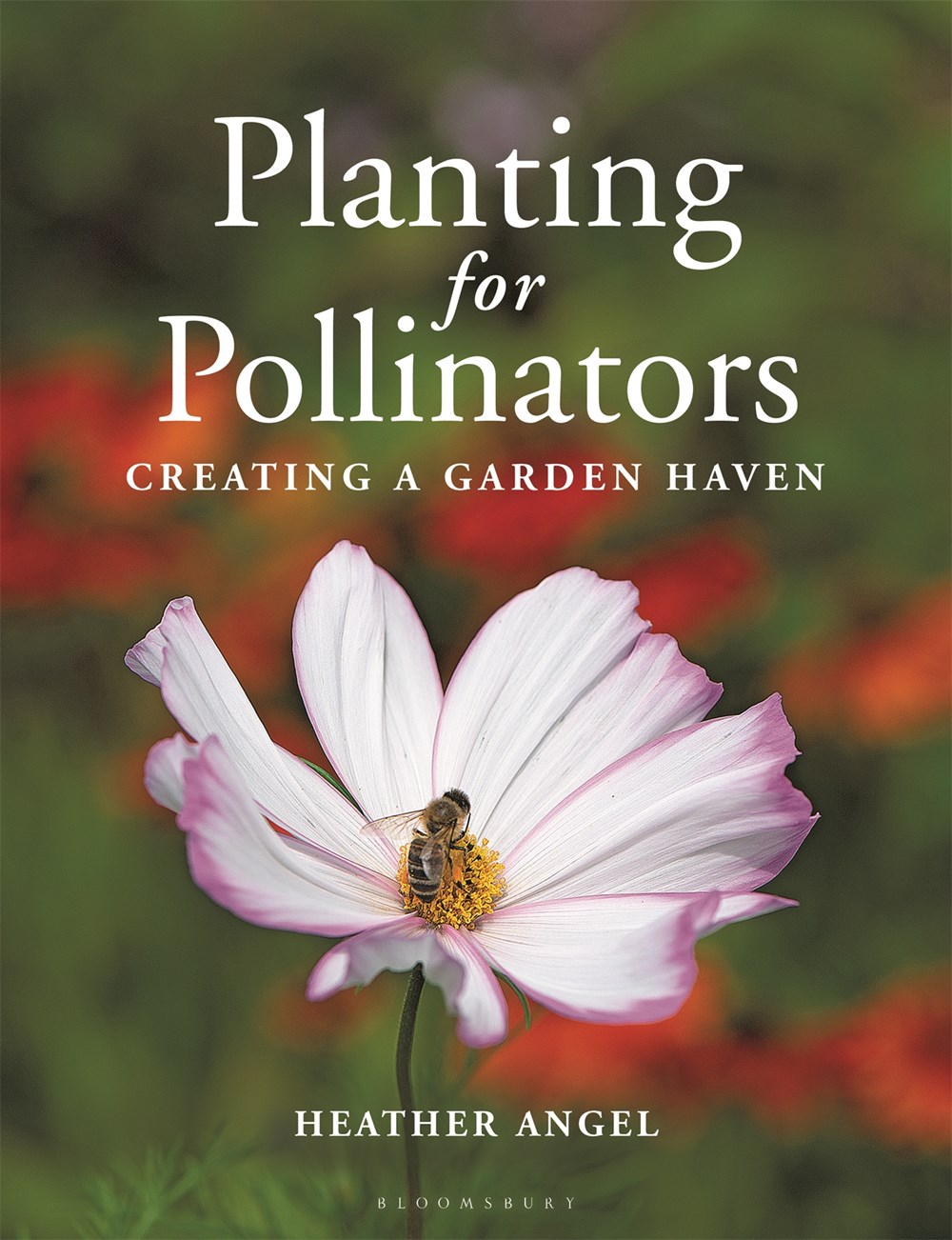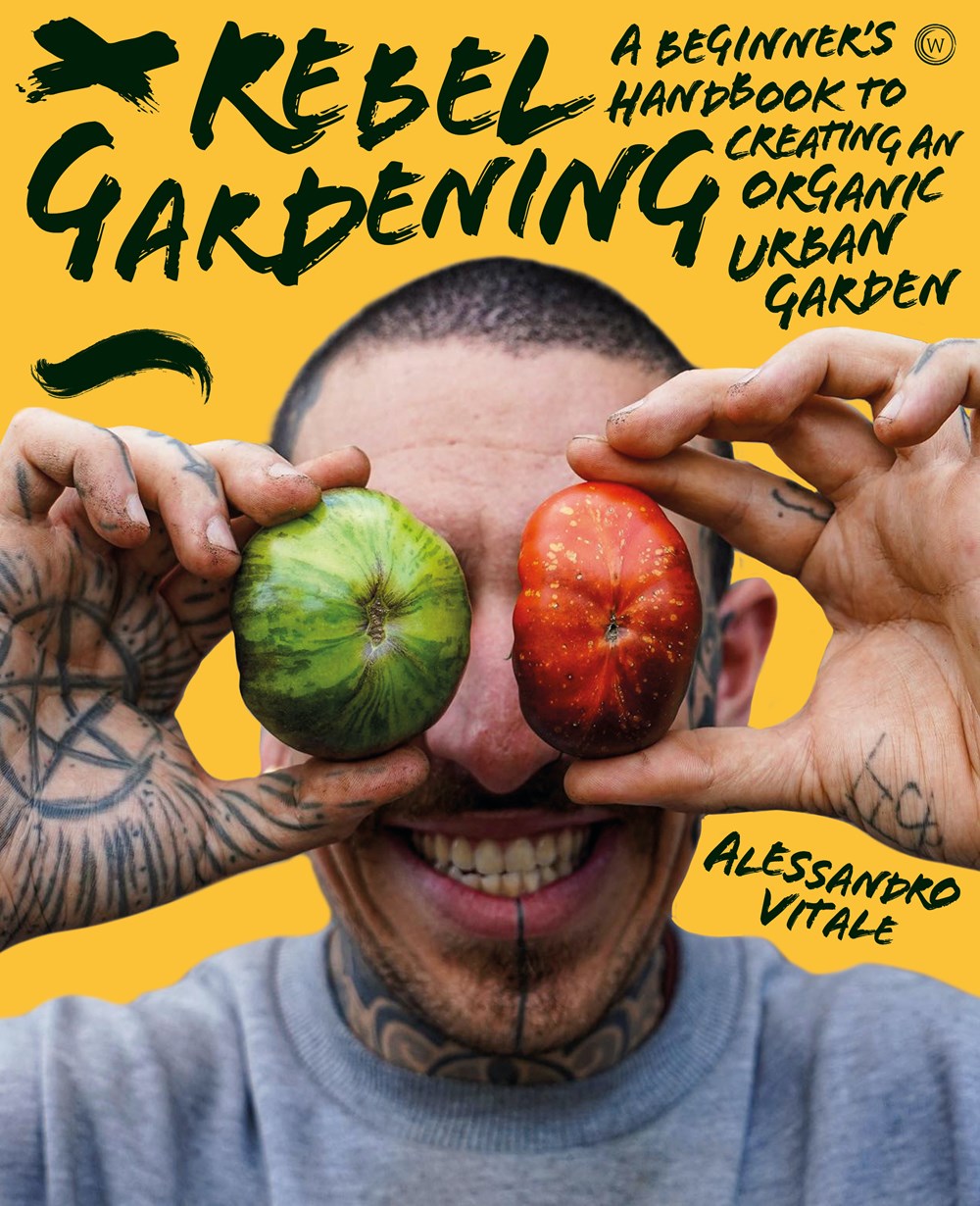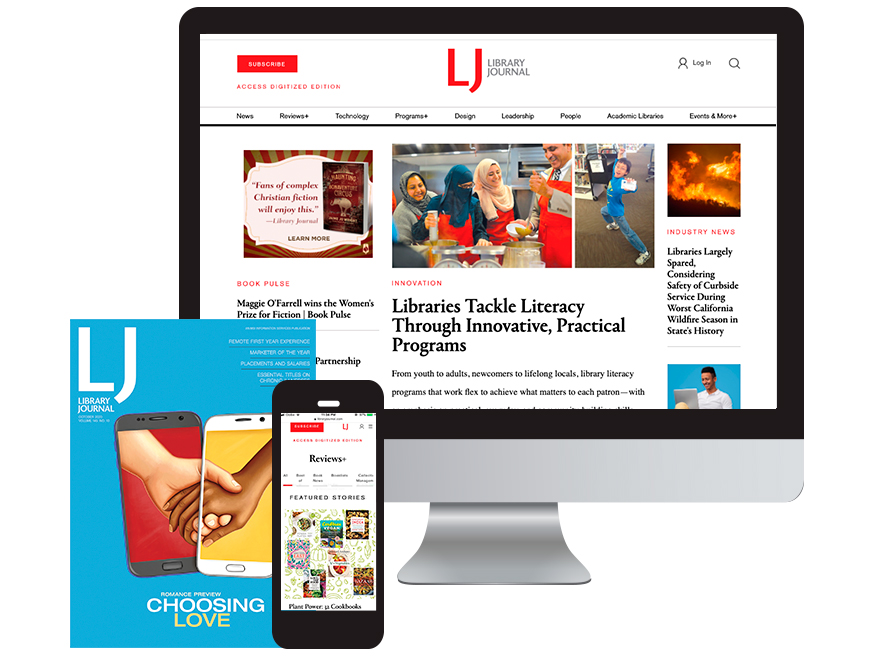Related
An excellent, beautifully illustrated choice for beginning herb growers seeking ideas for how to use their harvest, but it does not specify specific herbs to use for wellness.
Readers who want to construct a new home, remodel an existing one, or learn how to design healthier spaces in their home will find this book delightfully resourceful.
Spivey’s blunt style may not suit all readers, but his book offers plenty of solid advice and compassion for both dogs and their owners.
With ample advice on everything from vet visits to nail trimming, as well as recommendations for toys, supplies, and additional training resources, Callahan’s book is an excellent guide that puts puppy welfare front and center.
This gorgeous book expertly gives both experienced and novice gardeners the tools and inspiration they need to start or enhance their gardens.
This is a funny, witty title that would be a good addition to the humor section of a library as well as the pet care section.
Thomas’s debut cookbook is a simple yet satisfying collection of recipes tailor-made for fans of the Cookie Co. franchise.
A sure hit for pet lovers and anyone looking to peek into the lives and homes of the Manhattan elite.
PREMIUM
The Layered Edible Garden: A Beginner’s Guide to Creating a Productive Food Garden Layer by Layer
Thanks to its enthusiastic, engaging narrator and vibrant color photographs, this informative book will appeal to vegetable gardeners who want to explore new methods and unexpected choices in their edible gardens.
This book reads more like an expanded seed catalogue, with just one chapter focused on how to harvest, dry, and store medicinal perennials. A highlight of the book is Alice’s beautiful watercolor illustrations.
Dog lovers and sports fans will enjoy the down-to-earth writing style of this behind-the-scenes perspective of the 1,049-mile-long “last great race on Earth.”
Aspiring gardeners will savor this title that combines a gardening manual with an art book, thanks to Montgomery’s visually lush and stylistic photographs.
A book heavy on interior design images and light on words highlights the beauty that comes from bringing the outdoors into a home.
PREMIUM
Container Gardening—the Permaculture Way: Sustainably Grow Vegetables and More in Your Small Space
This work is an excellent book to hand to beginner gardeners and to include in collections that need more titles about container gardening.
PREMIUM
The New French Look
A comprehensive and beautiful guide that will have aspiring designers incorporating French styles into their homes with confidence and ease.
A practical guide to creating a sustainable homesteading lifestyle. Can also be used as a thorough case study.
A useful and well-illustrated survey of contemporary practitioners and examples of postmodern design.
A distinctive ready reference that will provide an abundance of positive takeaways and tips for both novices and the most seasoned florists.
Parkinson’s love for plants, gardening, and wildlife shines through in this conversational, lovely book. Most useful for intermediate or advanced gardeners.
A beautiful book for readers researching affordable options for chic yet environmentally friendly ADU construction.
This is the book to read when the world’s pollution problem becomes too overwhelming. Adding this title will round out collections containing only “how-to” sustainable life guides by providing an alternative slower transition that can still affect ecological change.
A great, first-rate title for readers looking to foraging to connect with nature in a new and deeper way.
A fascinating, well-researched discussion of indigenous plants and garden design, including options for Northeastern and Midwestern regions of the United States.
PREMIUM
Houseplants for Beginners: A Simple Guide for New Plant Parents for Making Houseplants Thrive
An excellent choice for beginning and intermediate houseplant growers. The instructions are thorough and easy to understand, and the accompanying photographs complement them. The browsable “Plant Profiles” sections include a host of interesting choices.
Floral arrangers and gardeners interested in adding scented plants to their gardens will relish this title. Readers wishing to delve more deeply into this subject may also enjoy The Scentual Garden by Ken Druse and photographer Ellen Hoverkamp.
PREMIUM
Private Gardens of Philadelphia
Recommended for larger collections, especially those in mid-Atlantic states.
PREMIUM
Surf Style at Home
A guide as easy and laid-back as the surfer style that inspired it. Will make readers want to add intriguing beachy design features into their own homes.
With stunning photographs and immaculate styling, this book is a recommended pick for browsing and finding simple and chic design inspiration and ideas.
PREMIUM
Quiet Spaces
A great guide for readers with some interior design knowledge who are on the hunt for inspiration.
This might work well as inspiration for aspiring interior designers with a healthy budget but not as a guide for general readers.
An inventive guide that combines succulent insight with craft ideas. Best for readers who are familiar with succulents or skilled in creating crafty projects.
Blackman and Cruz’s particular style isn’t affordable for everyone, but this book is good inspiration nonetheless for readers craving the modern gothic look. Best suited for rounding out collections that include brighter, minimalist interior design books.
Newcomers and dedicated fans of Slonem will enjoy. Great for university libraries with art programs for students to see the versatility their art forms can take.
A fun, inventive, and worthwhile addition to any library and for all sorts of plant parents. This is much more than a book about caring for houseplants.
Isabel, who hails from three generations of plant-loving family members, shares her expertise and knowledge of houseplants in this amusing, informative book, best for neophyte horticulturists who might not yet have a green thumb.
Readers will enjoy this look into eclectic and colorful maximalist style. A good addition to interior design collections that span a wide range of eras.
A feast for the eyes and the imagination for every type of gardener. A great addition to any gardening or art collection.
A smart purchase for libraries serving patrons who want to make a small home appealing and inviting.
Aspiring architects, architecture fans, nature and design buffs, and readers looking for inspiration for their home will all find something to love inside this book.
A highly detailed book that offers a multitude of tips for turning a house into a home by applying practical painting and styling principles.
A must-have title for gardeners and for those who love viewing the natural beauty that others have primed, nurtured, and developed. A likely favorite in every gardening section.
Readers familiar with sustainable practices will already know many of this book’s concepts, but it’s great to have a wealth of information and advice in one place.
Best suited for either proficient gardeners or novices who want to create a special space outside. The book will also please readers interested in lunar cycles or following the ebb and flow of nature and the ecosystem.
Great for public libraries. May be a good title for patrons to read in a crafts/home-design book group.
PREMIUM
French Country Cottage Christmas
Purchase where Allison’s works are popular and where Christmas titles circulate well.
PREMIUM
Artists at Home
As resplendent and visually sumptuous as readers might expect, this would make a lovely gift for fans of art museums and design. Best for general readers interested in the material worlds and creative influences of artists.
A welcoming and insightful tour of homes that encourages readers to envision their interiors as comfortable places for expressing their personal stories and backgrounds.
An excellent, updated resource for readers ready to take concrete steps in their decorating journey.
Fixer to Fabulous fans will relish this book, heavily illustrated with examples of the Marrs family’s design and renovation ideas.
PREMIUM
Shut the Front Door: Make Any Space Feel Bigger, Better, and More Beautiful Without Going Broke
Best for readers who want to make their spaces look expensive for less. A great addition to any DIY collection, with the potential to fly off the shelf.
A well-written and fascinating volume that keeps readers engrossed. Best for fashion mavens and those who work in the industry.
PREMIUM
Living Bright
A fun, functional, and vibrant guide that teaches readers how to bring color into spaces in easy and creative ways.
An informative and enjoyable listen, interweaving Danovich’s personal experiences with entertaining details about historical and current issues in the world of chickens.
An excellent addition to the field of canine cognition and emotional connection that is inclusive and easily digested.
This delightful, gorgeously illustrated, browsable book is a quick read for those who want to learn facts and tidbits about a range of flowering plants. Readers can also discover how they may embody their best characteristics.
This authoritative work asks how owners can provide their dogs with an environment to which comfortable, fulfilling adaptation is possible. Highly recommended for most collections.
This title may be best for collections with generous budgets or a demanding audience, and it would make a thoughtful gift for dog owners and would-be adopters.
Most likely of interest to only the readers who have already embarked on self-sufficient farming and want detailed information.
For serious gardeners who understand the specifics of their region and want to improve their gardens to attract pollinators throughout the year.
A fresh take on home organization that will likely serve as catnip for readers wanting peeks of the experts’ homes and instructions on how to achieve it themselves.
PREMIUM
Homegrown Flax and Cotton: DIY Guide To Growing, Processing, Spinning & Weaving Fiber to Cloth
This book takes readers through the process, from start to finish, of making cotton and linen clothing. Many crafters and readers interested in sustainability will likely enjoy this one.
An easy-to-read, judgment-free book for readers who want to tackle intimidating home organization projects.
Ratcliff displays their knowledge, professionalism, and love of canines in this must-have book for first-time dog owners or any dog lover.
Gorgeous to thumb through, this illuminating title will do well in libraries with strong circulating interior design collections.
With its overview of flower pressing’s rich history and a beginner-friendly guide to getting started, this book is a bona fide garden of delights that’s sure to inspire creations rooted in the past, yet flowering in the present.
A solid resource on local ecology. This book will be a worthy addition to any library in a garden-loving community.
An easy, educational, and intriguing read that’s less about a room and more about one’s surroundings. Best for readers studying urban design or architecture.
The author cleverly explores the restoration of the home and the spirit, making this a unique title in the interior design genre. Antique lovers, photographers, and those who repurpose home goods will want to check this out.
While much of the design advice feels familiar, readers with an interest in feng shui will likely enjoy this book.
This is an excellent resource for all levels of gardeners to use to create their own dream grounds. An indispensable title for gardening collections.
Fans of Home Town will relish this insightful look at the cohosts’ dream home and memories. This title will also likely appeal to readers who enjoy interior design and personalizing their own living spaces to create a homey feel.
PREMIUM
The Love Language of Flowers: Floriography and Elevated, Achievable, Vintage-Style Arrangements
A thorough and well-executed title about floriography for modern times. This book is filled with beautiful photography and inspiration for general readers to create their own sentimental bouquets.
A great introductory book for readers who love home design or DIY books or are interested in learning more about the growing demand and popularity of barndominiums.
Recommended for libraries in or near New York City. This book would also be useful as a travel guide or a resource on the history of public green spaces and options to explore.
Best for fans of Queer Eye, but this book may also appeal to readers who are looking for some design inspiration.
Not ideal for beginners, but there are plenty of tips for seasoned gardeners and lots of charm for armchair gardeners.
An excellent guide that includes resources to cultivate gardens all over the world. A fantastic choice to add to gardening collections.
A lovely, browsable book for houseplant enthusiasts. It’s useful for identifying new plant species and decorating with them. Readers who need instructions about how to grow these plants, however, will need to look elsewhere.
PREMIUM
Still Life
Suitable for a wide range of readers, including art and design professionals, flower lovers, art students, and those searching for a bold coffee-table book that serves as a conversation starter.
This is an extraordinarily helpful guide for indoor plant enthusiasts of all levels. Highly recommended.
Detailed and graceful descriptions will likely delight and inspire avid gardeners to look at their garden from a different perspective. Best for larger botanical collections.
PREMIUM
Seed to Table: A Seasonal Guide to Organically Growing, Cooking, and Preserving Food at Home
For his first print book, Ghafari, who created the Urban Farm and Kitchen blog, has written an approachable, deeply useful work for beginner gardeners that is enlivened with recipes and great images.
A foreword by Jane Goodall and quirky dog drawings enhance this title. For comprehensive collections of materials on dog studies, animal cognition, and psychology and for general readers who love their pet dogs.
While the information in this book isn’t particularly new or groundbreaking, its straightforward language and expressive illustrations of many different cat species make it a helpful read for families with children who are getting their first pet cat or for new cat owners looking for an easy manual to help guide their understanding of their new feline family member.
Fascinating for gardeners and ecology-minded readers. May induce a hankering to seek out or grow brown badger peas, Johnson’s Wonderful Longpod beans, and Hanging Lobster tomatoes.
There are many books on the subject, but the presentation and comprehensive style of Sweet’s will stand out from the rest. A good source of information about growing cannabis for medicinal purposes, ideal for beginners.
This book will appeal to those searching for quotes regarding pet loss as well as stories about familiar personalities and their beloved pets. A worthy addition to libraries that see steady circulation of nonfiction that tugs at the heartstrings.
articles
ALREADY A SUBSCRIBER? LOG IN
We are currently offering this content for free. Sign up now to activate your personal profile, where you can save articles for future viewing













